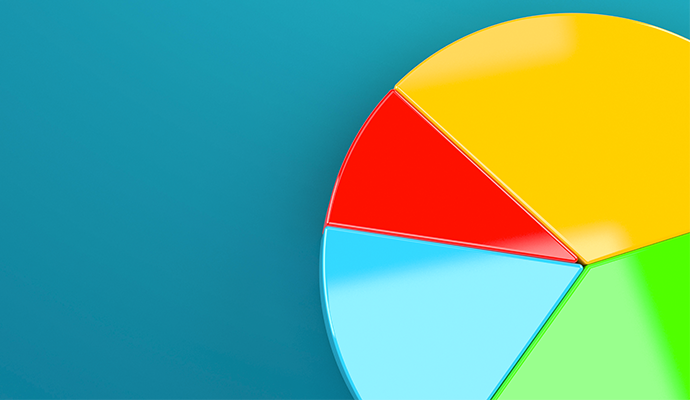BCBS Companies Hold Almost 50% of Market Share on ACA Marketplaces
The main competitor for Blue Cross Blue Shield companies is typically not national or regional payers, but rather Medicaid managed care health plans.

Source: Getty Images
- The federal and state health insurance marketplaces are dominated by Blue Cross Blue Shield-affiliated companies and there has also been a dramatic shift in enrollment from national and regional payers to Medicaid, a Robert Wood Johnson Foundation report found.
The report uncovered that nearly half of the Affordable Care Act marketplace enrollees in 2018 enrolled in a plan from a Blue Cross Blue Shield company. From 2016 through 2018, Blue Cross Blue Shield enrollment on the Affordable Care Act marketplace rose from 42 percent to 47 percent.
In many of the Blue Cross Blue Shield-dominated state health insurance marketplaces, the local Blue Cross Blue Shield company was one of the only payers on the non-group or individual health insurance market in that state, the researchers noted.
For example, Premera Blue Cross Blue Shield of Alaska was the only payer on Alaska’s non-group state health insurance marketplace in 2018. The only other competitor, Moda, left the state’s small non-group health insurance marketplace the previous year.
In at least five states—Alaska, Delaware, Oklahoma, South Carolina, and Wyoming—Blue Cross Blue Shield had 100 percent market dominance in 2018. In Alabama, Blue Cross Blue Shield held 99 percent of the market in 2018.
“In a number of states, Blue Cross has the greatest market share, but there is a significant and often growing competition from other insurers, typically Medicaid insurers,” the researchers noted.
For eight states, Medicaid managed care plans have the larger market share. Half of these states are in the south. Three are non-expansion states.
Medicaid managed care plan enrollment overtook enrollment in national and regional payers. Medicaid enrollment rose from 15 percent in 2016 to 27 percent in 2018. But national and regional payer enrollment slid from 33 percent in 2016 to less than half of that (14 percent) in 2018.
Among states with national and regional payers holding the largest market share in their Affordable Care Act marketplace, most were regional insurers. Missouri was the only state that was reported to have a dominating national insurer that the report named, which was Cigna.
“Many of the largest national insurers (Aetna, UnitedHealthcare, Humana) have left nongroup marketplaces throughout the country, but this type of insurer, along with regional insurers, remains important in some states,” the report explained.
In Oregon, Virginia, and Wisconsin, provider-sponsored payers hold the unusual title of having the largest market share. Two states have Co-ops as their largest payers in the Affordable Care Act marketplace.
The report highlights that price is not necessarily the only driver in enrollment. Medicaid plans boast $0 in premiums and yet their enrollment level is 20 percentage points lower than Blue Cross Blue Shield plans.
“Having a recognized brand name or broader provider network, for example, can still be important considerations, and, if they are stronger motivators for many consumers’ plan choices, they could have important implications for competition in these markets and for federal health spending on marketplace subsidies,” the researchers suggested.
Furthermore, the prospects are changing, as the shifts from 2018 to 2019, which were not covered in this report, indicate. Over 11 million consumers selected or automatically re-enrolled in Affordable Care Act marketplace plans in 2019. California saw a 41 percent enrollment spike for 2020, largely due to the state’s individual mandate and more subsidies.
Some experts have predicted that the coronavirus pandemic would precipitate new interest in the Affordable Care Act marketplace and Medicaid, both from consumers and from payers. Washington State recently announced that 15 payers have filed for the state’s individual health insurance marketplace, including two payers entering the market for the first time.
“Whether these insurers will regain previous levels of enrollment, e.g., 2016, will be interesting to observe,” the researchers concluded.
